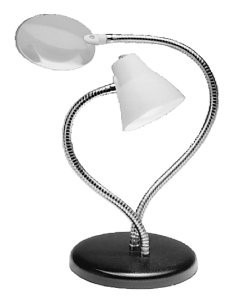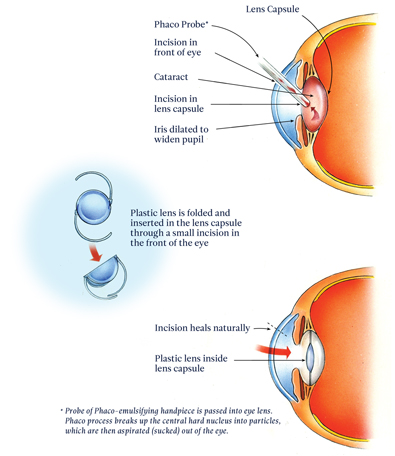What are the symptoms of cataracts?
Only a doctor can diagnose cataracts, but if you experience any of the following symptoms, it’s a good idea to see your doctor:
- Blurred or cloudy vision
- A glare or halo affect when you look at a lamp or light
- Colors that appear faded
- Trouble seeing at night
- Double vision
These symptoms can also occur with other conditions, so be sure to have your eyes checked by your doctor if you are concerned.
How do I know if I need cataract surgery?
In the early stages, a cataract may be treated with:
- Eyeglasses or magnifying lenses
- Environmental adjustments (for example, brighter lighting)
- Anti-glare and/or sunglasses


If the above solutions aren’t helping and your vision is impairing your everyday life, you may need cataract surgery.
During cataract surgery, your doctor will remove the cataract from your lens and replace the cloudy lens with an artificial lens. The operation lasts about an hour; your doctor may recommend that you remain awake for the procedure, although in some cases, you may have general anesthesia. Most people go home from surgery the same day, although you’ll need to arrange to have someone take you home. You may need new prescription glasses or contact lenses once your eye heals.
What are risks of cataract surgery?
As with any surgery, there are certain risks, including loss of vision, double vision, infection, or inflammation. However, according to the National Eye Institute, cataract surgery remains one of the safest and most common ways to treat cataracts, and 90% of those who get the surgical procedure have improved vision after.

